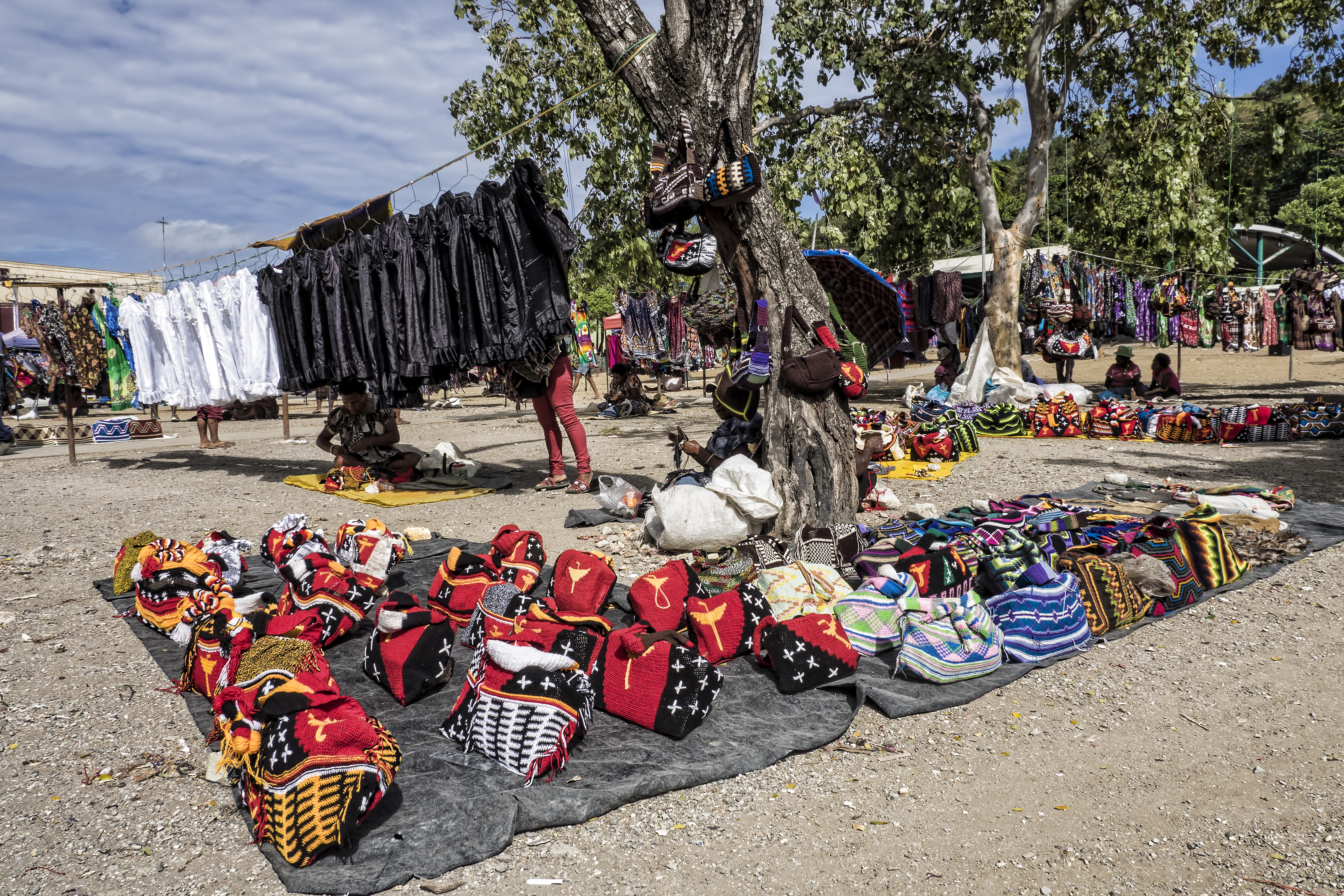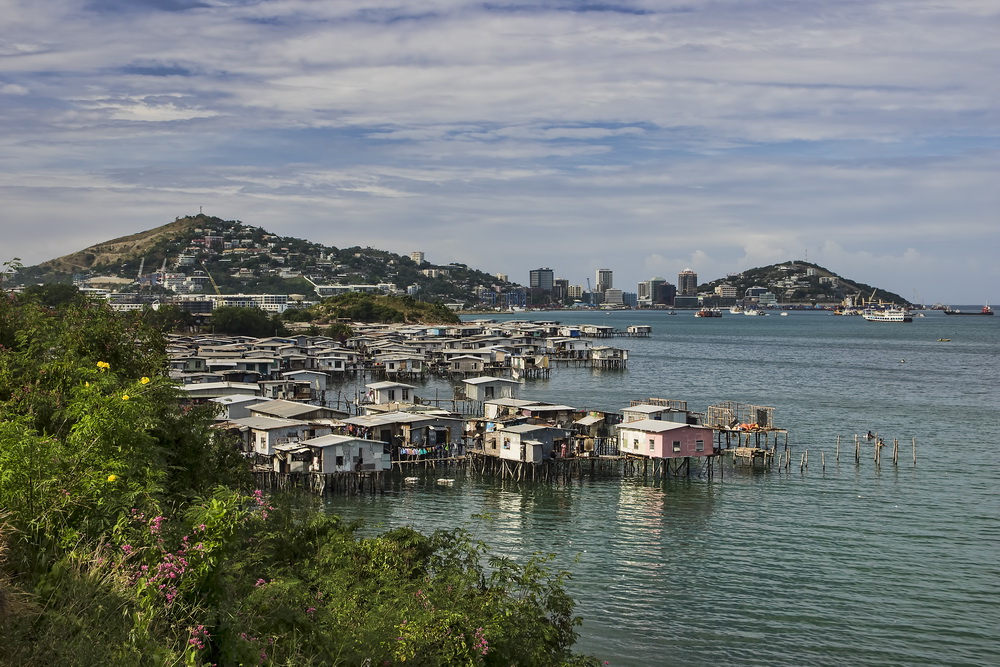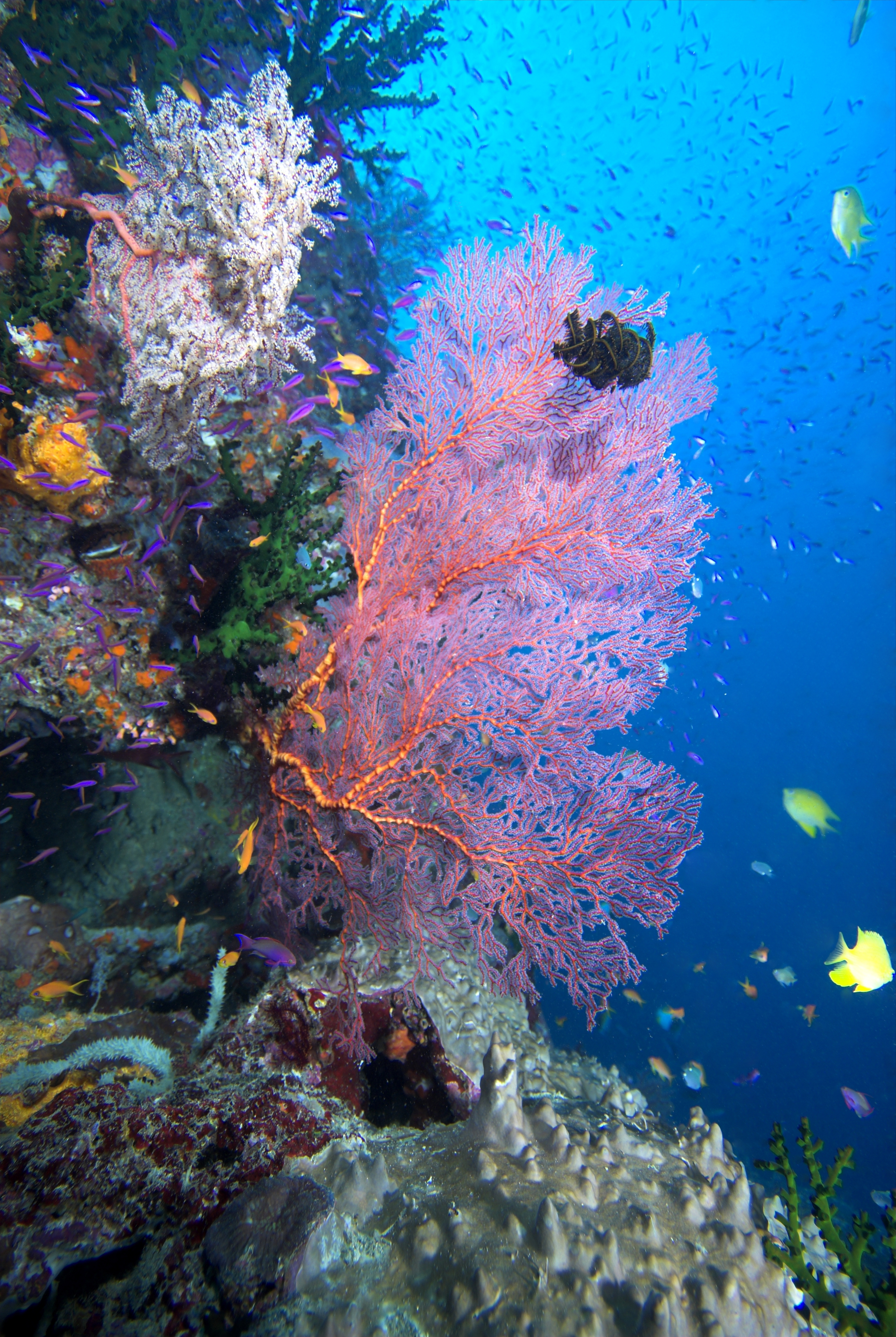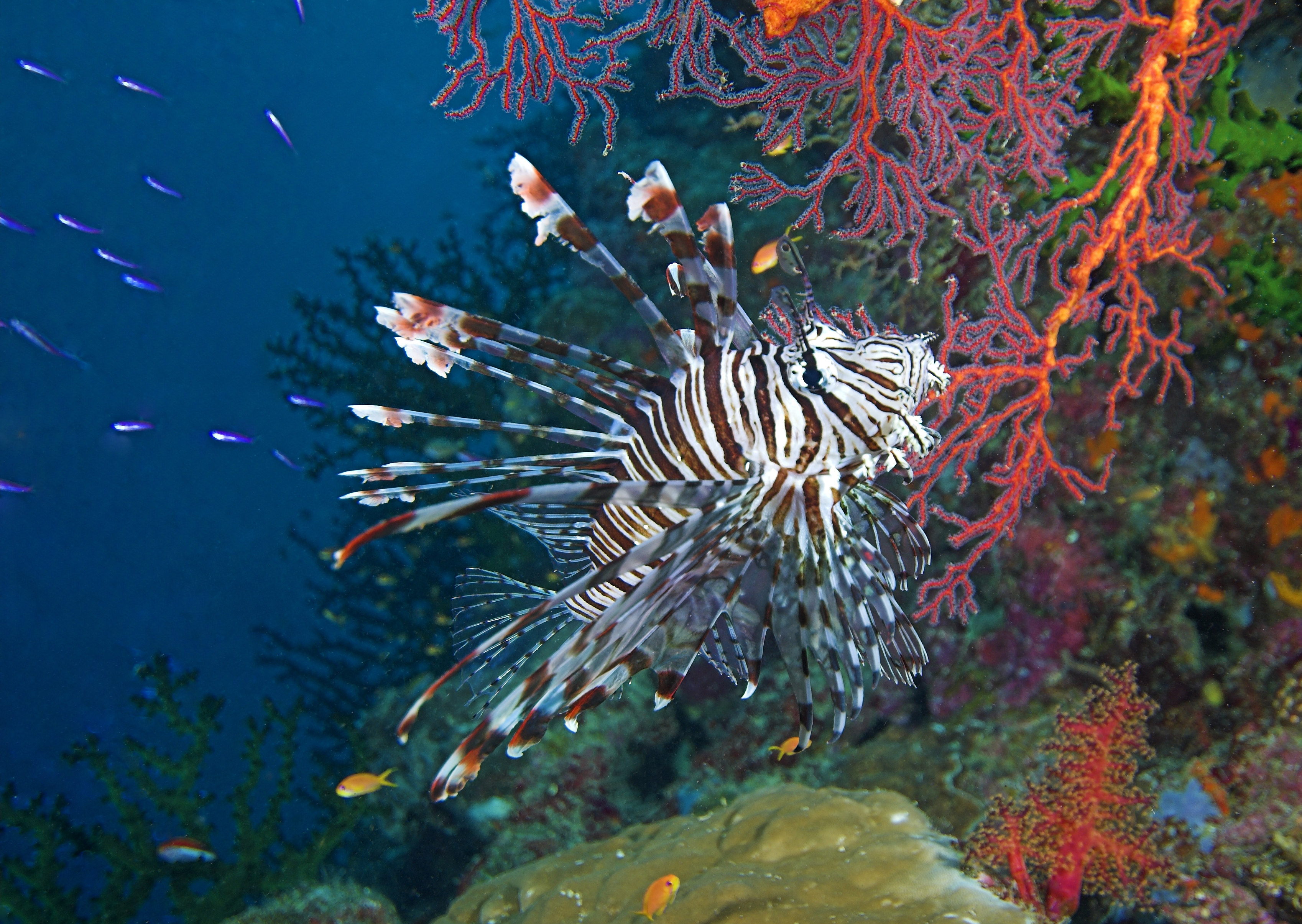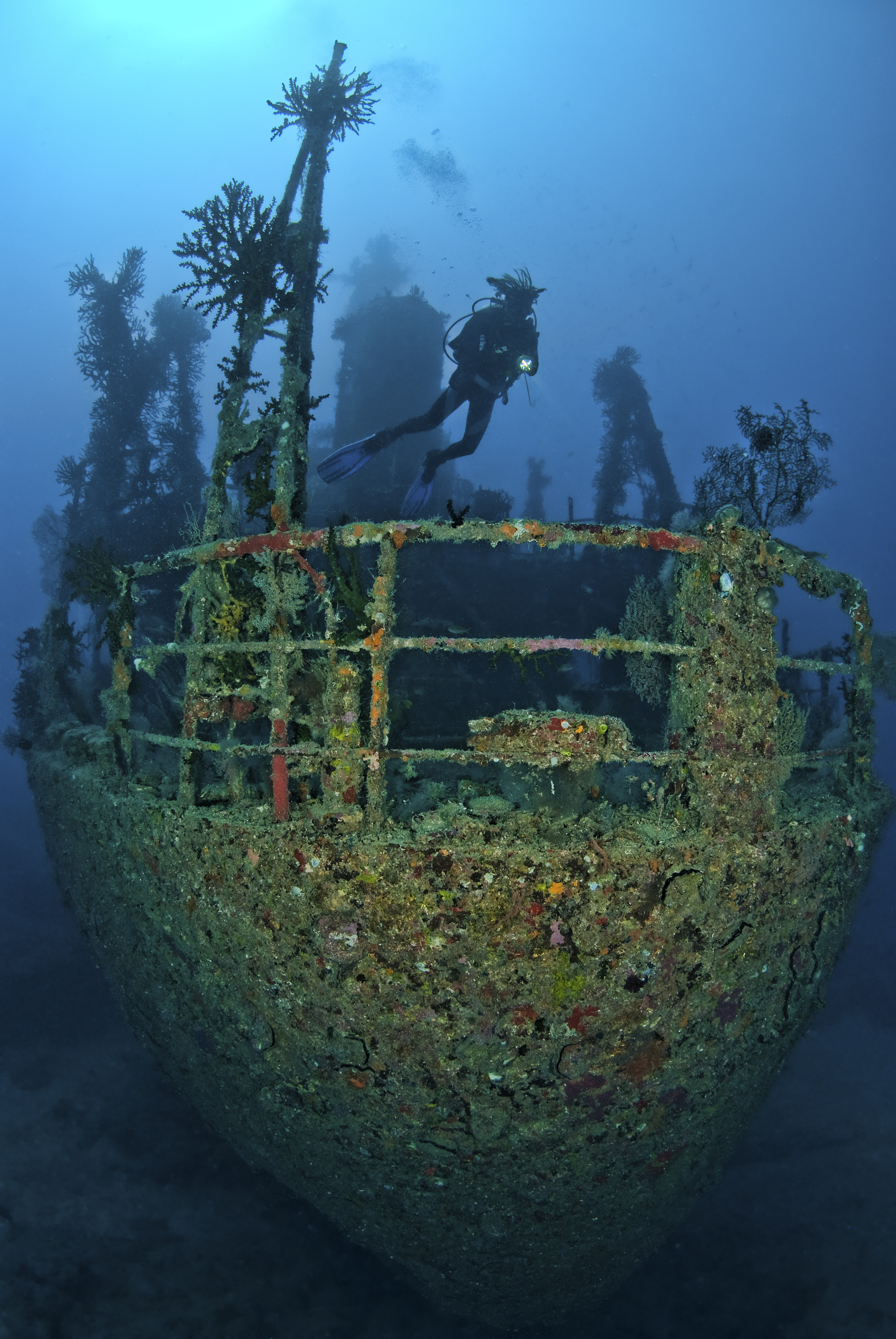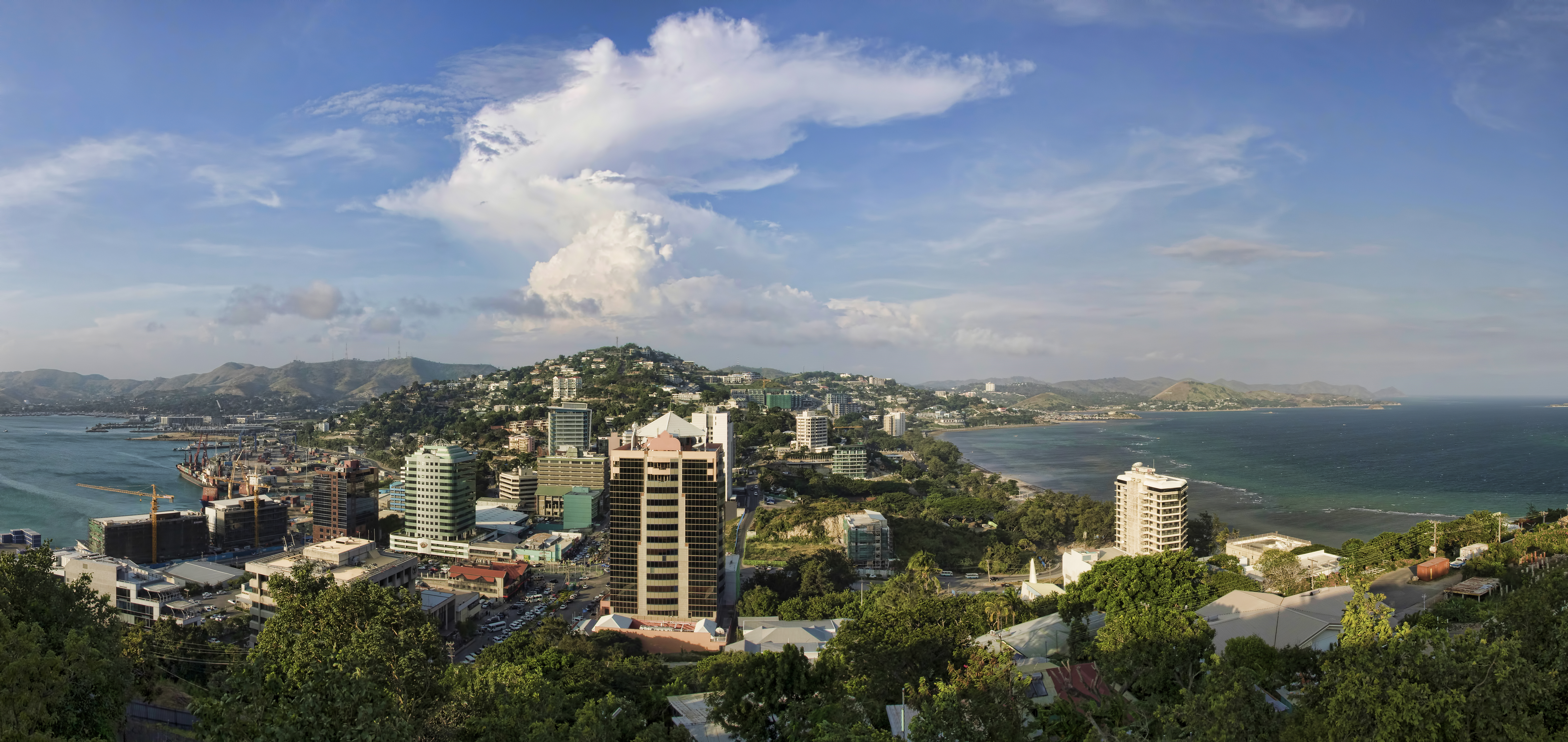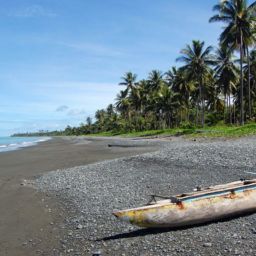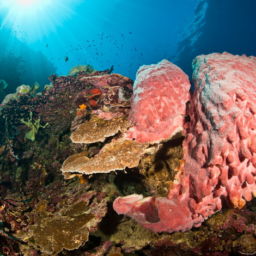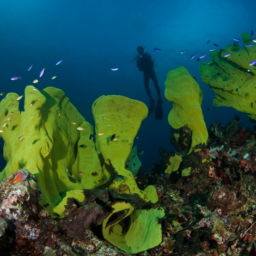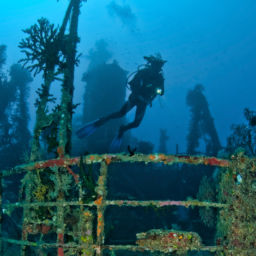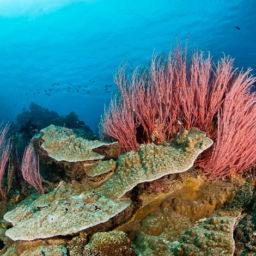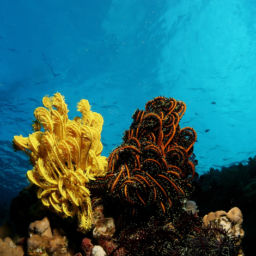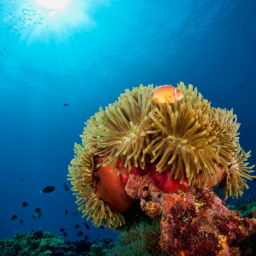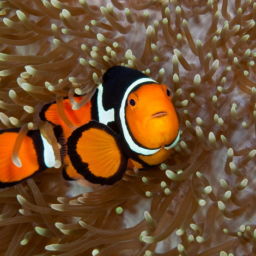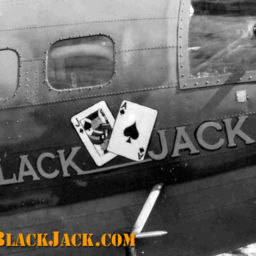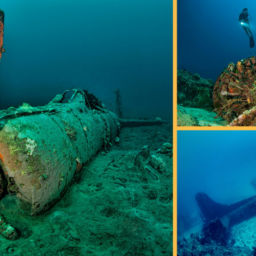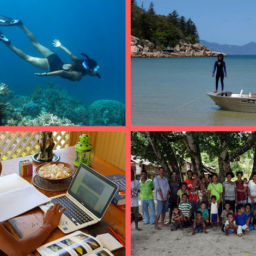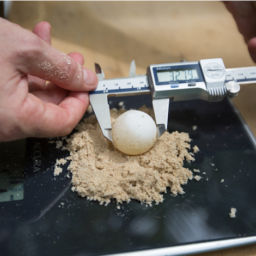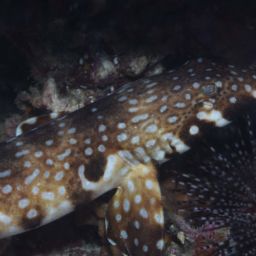If you take all the reports at face value, you’re taking your life into your hands if you walk outside in Port Moresby, Papua New Guinea. While it can be a dangerous city, Port Moresby is not nearly as bad as the tabloid media paint it.
If you’re considering a trip to PNG, don’t let Port Moresby’s bad reputation stop you. The country has much to offer, both above and below the water. A modicum of common sense will keep you safe and sound in the capital.
There’s also some remarkably good diving in the Moresby area. While it’s unlikely that you’re in PNG just to dive these sites, a couple of days diving here to break up your journey is an appealing option. With that said, here are a few survival tips gleaned from years of experience in Port Moresby and Papua New Guinea.
Port Moresby Survival Guide
In reality, there are two cities. Expats and wealthy locals live in downtown Port Moresby or in the beach suburbs, where the average three-bedroom house costs over $750,000. Rent for a two-bedroom apartment can easily exceed $2,500 per week. This is expensive by any standards, but utterly out of reach for locals, who earn an average weekly salary of less than $200. Random violent crime is always possible, but it only occurs occasionally in these places and is usually answered with severe (ex-judicial) retribution by the police when the perpetrators are caught.
The locals live in the “other” Port Moresby and violent crime, particularly against women, is often systematic and unfortunately a part of daily life. The situation is worst in the squatter camps like Six Mile, which occupy the edges of Port Moresby.
Where to Stay
If you are just passing through, both the Airways and Gateway Hotels are right by the airport. All the other main hotels are in the downtown area and far from potential danger zones. Each has in-house security and airport shuttles, so you will be met on arrival and transported back to the airport on departure. A few good options are the Crowne Plaza and the Grand Papua.
Logistics in Port Moresby
The Papua New Guinea currency is the Kina and $1 USD will buy you about three of them. You can exchange currency immediately after immigration at the international airport, and there is an ATM after you clear customs. Although there are ATMs downtown, use the one at the airport, as it’s safer than the ones in town. Port Moresby is generally quite expensive, so shop around when booking hotels.
Things to do in Port Moresby
There are several places well worth visiting in Moresby. The best way to do so is by booking a tour with your hotel. The Parliament and the National Museum are both in the Waigani area, while the Botanic Gardens are in nearby Gerehu. All three offer a pleasant way to spend a few hours.
On the way back, stop at one of the local markets. The one at Four Mile is quite safe with a guide. Check out local crafts like the hand-made string bags called bilums. These are one of the most common features of Papua New Guinea. Both men and women use the bags for carrying everything from personal belongings and food to infants.
Visiting markets like Four Mile is also the best way to help the local people directly, as the money you spend on a bilum or other souvenir goes straight to the person selling it, and can make a huge difference. As you will quickly notice, virtually all the vendors at these markets are women. Buying their wares helps them support their families and local crafts at the same time.
Those who want a closer look at how the locals live should visit the Hanuabada stilt village. Hanuabada is one of only two remaining stilt villages in Port Moresby. It has retained much of its traditional and conservative culture. Although residents are friendly and welcoming, don’t just show up uninvited. Hire somebody from the village to guide you; your hotel should be able to help arrange this.
Scuba Diving in Port Moresby
Divers passing through on their way to Milne Bay, New Britain or New Ireland usually overlook the diving in Port Moresby. But contrary to what you might expect so close to a capital city, you’ll find some good diving in the Moresby area. The best dive sites sit along the offshore and sunken barrier reefs, some of which can be stunning in the right conditions.
Until recently, there were two options for diving these sites. The Dive Center, which operates from Tahira Marina just outside Port Moresby, and Loloata Dive Resort in Bootless Bay. In late 2016, however, Loloata was sold and closed for refurbishment and has yet to reopen as of this writing. Rumor has it that the resort will not offer scuba diving when it reopens.
If you can get to them, there are at least 15 sites nearby, several of which offer everything from the elusive rhinopias to schooling barracuda. You could easily spend a few days diving here, but if you can only do a couple of sites make sure that one of them is the wreck of the Pacific Gas, one of the best dive sites in PNG. The local Port Moresby diving community sank the Pacific Gas deliberately in 1986. It sits upright on the slope of the sunken barrier reef, with its stern in 141 feet (43 m) of water.
When to Dive Port Moresby
PNG’s location just south of the Equator means that it is subject to monsoonal weather patterns and seasons. In the Port Moresby area, from May to October, the winds blow from the southeast. From mid-December through March, the predominant winds are from the northwest.
When the south-easterlies are blowing, the morning brings calm conditions, but by around 11:00 am, the winds can produce some heavy swells. Conditions are better during the northwest monsoon season, when the sites on the outer reef are much more accessible. Optimum dive conditions are during the doldrums between the monsoon seasons, with the one in November and early December being particularly good.


